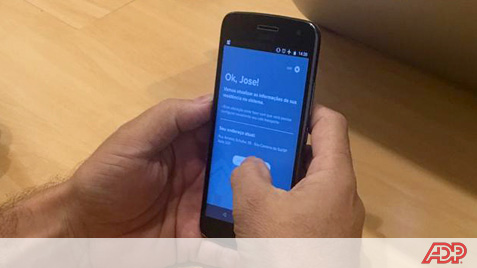Overview
Sienge is an ERP developed by Softplan that helps construction industry management and facilitates the flow of information and activities in an integrated and organized manner to optimize decision-making.
Problem Space
Based on the data analysis taken from Mixpanel, the price quotation tools have low engagement. It is a problem because we spend time, effort and money to keep this feature running.
Objective
Each bar in the chart below represents a module on Sienge-Platform. The big one is "Purchases" and the smaller one is "Price Quote"
We want to increase user engagement in the price quote tool.

My Role
Using Dual-Track as a product development process, I was the only Product Designer on the "Supply-Chain" Squad.
Team
- 1 Ux Designer
- 1 Product Manager
- 2 Developers
Responsibilities
- Lead the discovery stage and interviews
- Create User flows and wireframes
- Prototypes and usability testings
Challenges Faced
Throughout the research, we doubted if redoing the application would be the best option. However, users were using third-party tools specific to the task, which allowed us to make integrations. As it involved an impactful strategic change, redoing the interface was the immediate solution, but negotiations with partners began to be made.
** The visual design was created and designed by a team of 4 designers, where I collaborated in the creation of the design system in weekly meetings.
Strong result
- A sharp decrease in support tickets (chart below)
- The product was very well received and praised
- 20% increase in user engagement








